The pandemic is slowly passing and the tourism industry in Japan, as well as in Italy, has suffered a severe blow. We are not yet entirely allowed to resume travelling, but it is at these times that we have to find the beauty of things. We also refer to the possibility of being able to discover landscapes and corners of cities that we could not see before, often also because of tourists. As a highly desirable destination for tourists, Kyoto has developed a love-hate relationship with visitors. With 8.31 million tourists from overseas, the ancient capital is definitely one of the most popular cities in Japan.
Kyoto without tourists, a leap into the past
Author: Erika | Source: The Japan times
However, tourism is always a bit of a double-edged sword. While it prunes a lot of revenue to the visited countries, it also leads to overcrowded cities. In tourist places like Kyoto, it is really rare to be able to enjoy the landscapes without visitors. Nevertheless, due to COVID-19 and the closing of world borders, the number of visitors has dropped dramatically, leaving many of these places undisturbed. Through these photos, taken by the reporters of The Japan Times at the end of April, we can see a deserted city and admire its monuments in all their splendour.
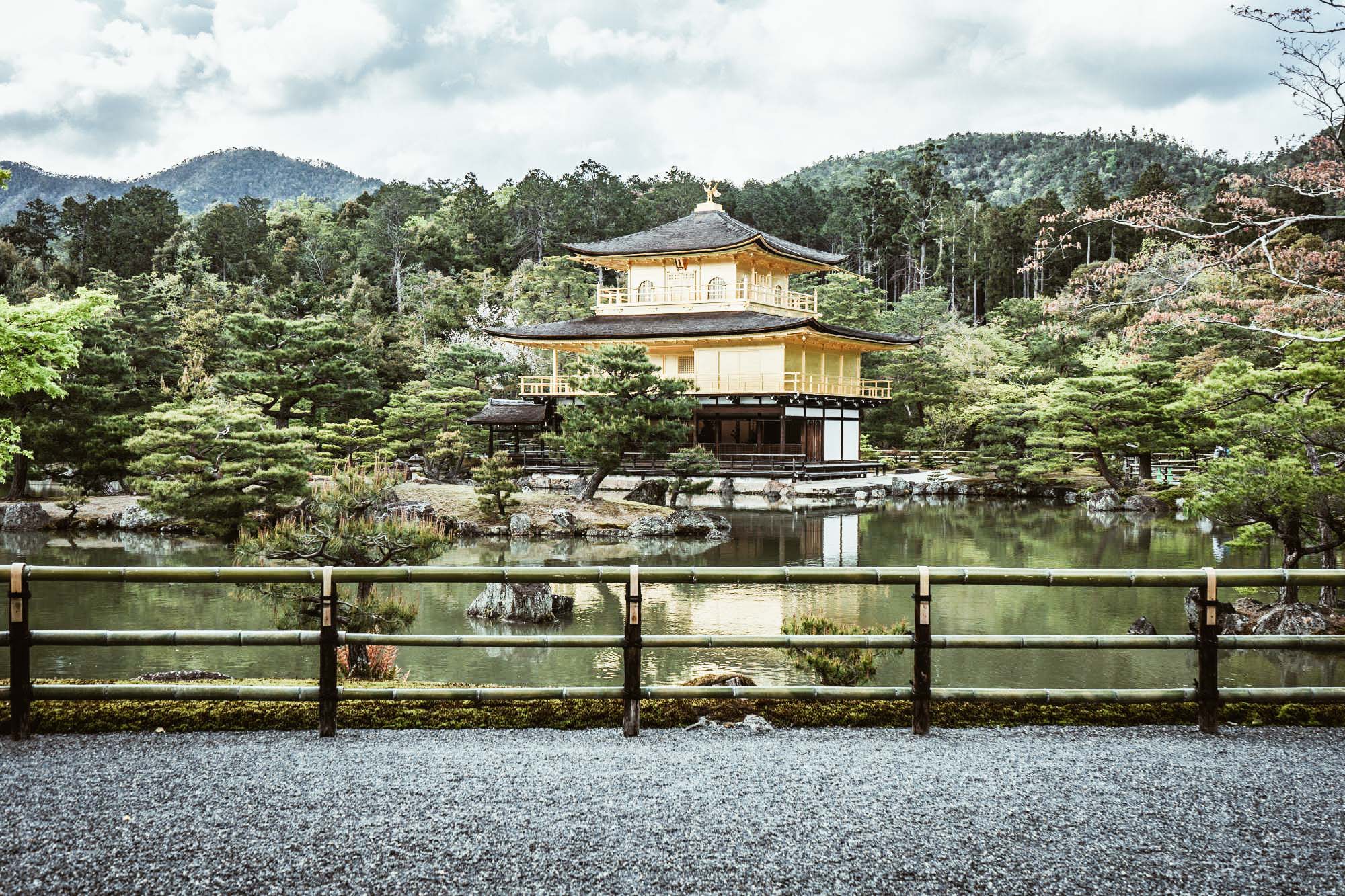
One of the most famous sites and destination of many tourists is certainly the Kinkakuji, also known as the Temple of the Golden Pavilion. Declared a UNESCO World Heritage Site in 1994, this landmark has more than 5 million visitors a year. The current pavilion dates back to 1955 after the original was burned by a novice monk. However, the complex dates back to the 14th century. – Photos by Oscar Boyd

Fushimi Inari, a destination that every year attracts about 2.7 million visitors, a landmark known for its senbon torii (1000 torii, even if in reality they are 10 thousand in total), was like this. Those who have been there are aware that to be able to take such a picture under normal conditions you have to go there very early in the morning and wait several minutes to get the perfect shot of the empty tunnel. The photographer Gabriele Bortolotti took this picture at noon, in a deserted sanctuary at the end of April.
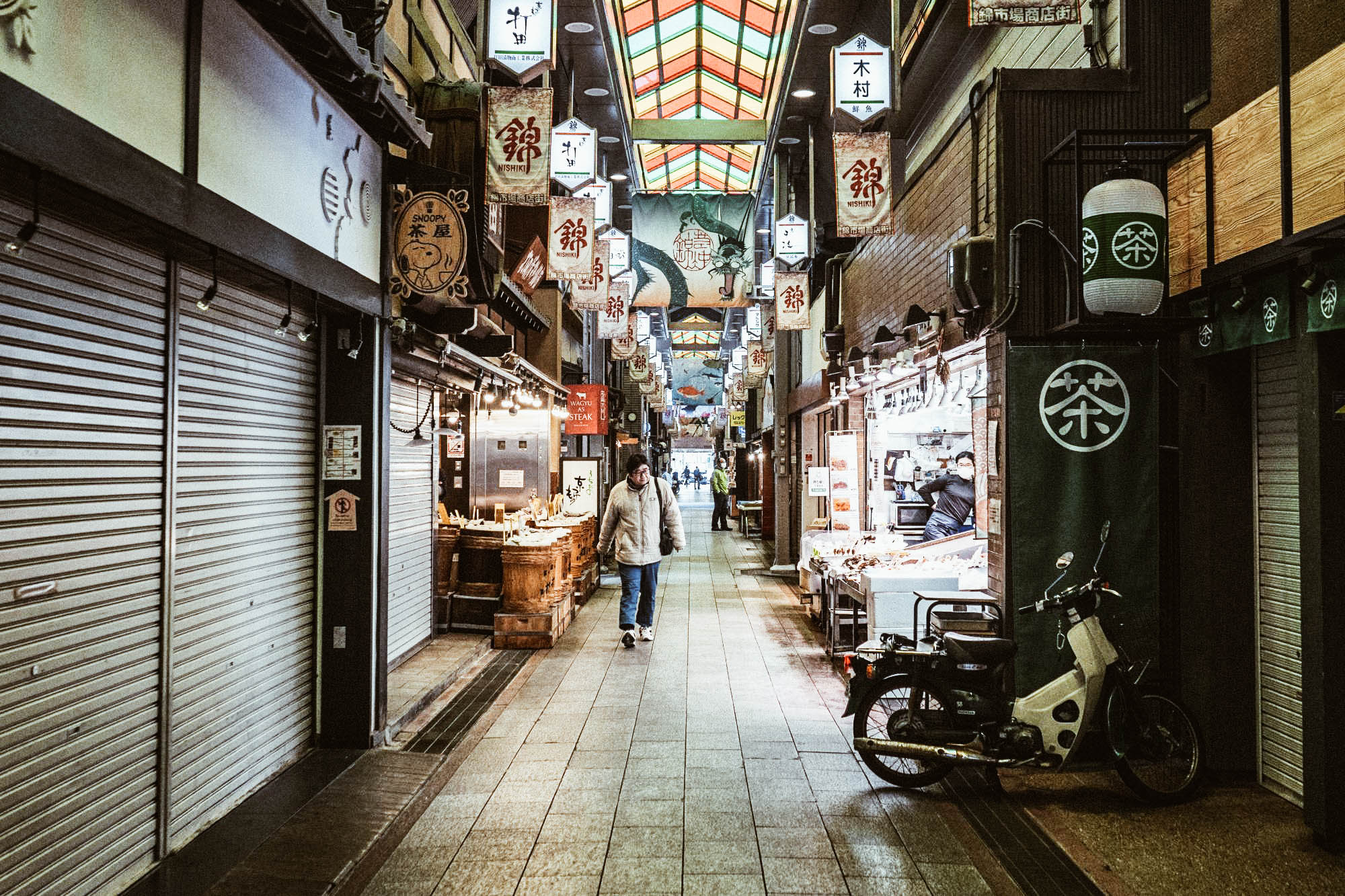
Nishiki’s market, also known as “Kyoto’s Kitchen” stretches for about 1.5km between Teramachi and Shinmachi districts in Kyoto. Among the increasingly popular souvenir shops, knife shops, the headquarters of traditional Japanese food suppliers and everything related to the kitchen, Oscar Boyd took this photo.
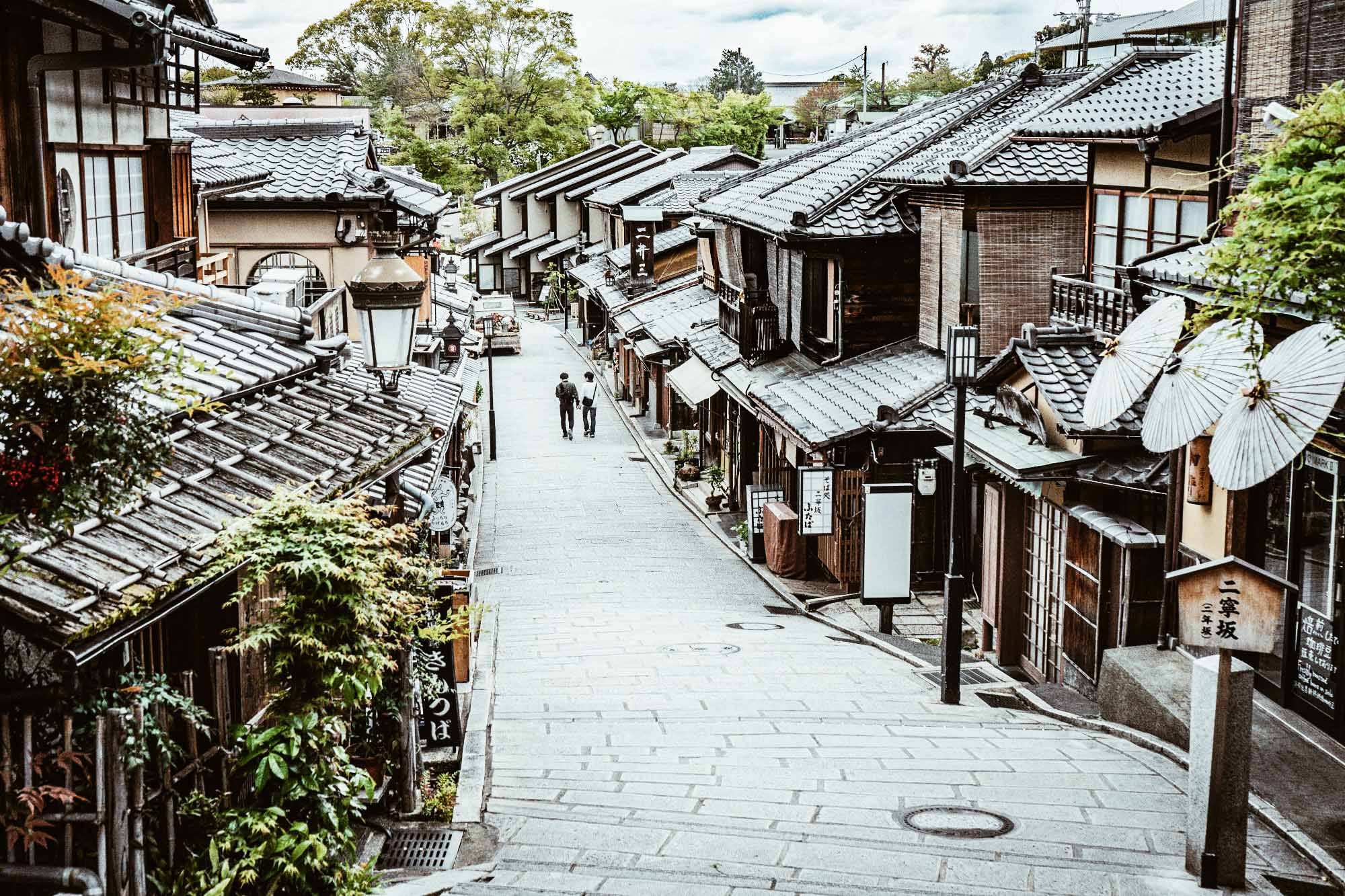
We move on to the wooden architectural tradition of Higashimaya. This area is very popular among people looking for a traditional Japan, without cement, glass and neon. This is how it looked under the eyes of Oscar Boyd at the end of April 2020.

Ginkakuji, the Silver Pavilion, built in the 15th century in the style of the Golden Pavilion, was not originally covered with the precious material. The complex has since become famous for its large Japanese garden which attracts around 5 million visitors every year. – Photos by Gabriele Bortolotti
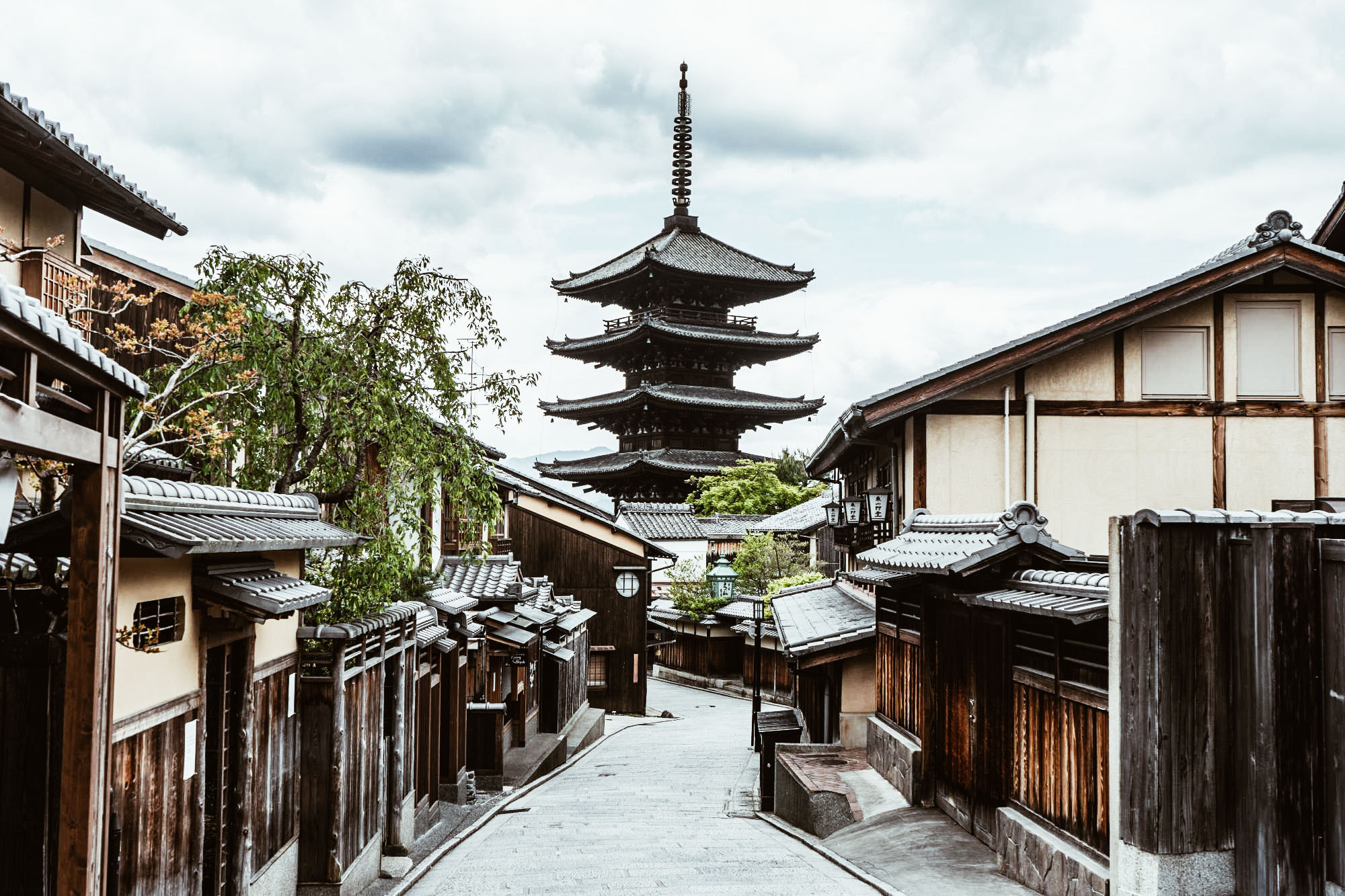
The Yasaka Pagoda, one of the landmarks of the upper area of Higashimaya District, the last permanent structure of the 6th century Hokanji Temple looked like this at the end of April. – Photos by Oscar Boyd
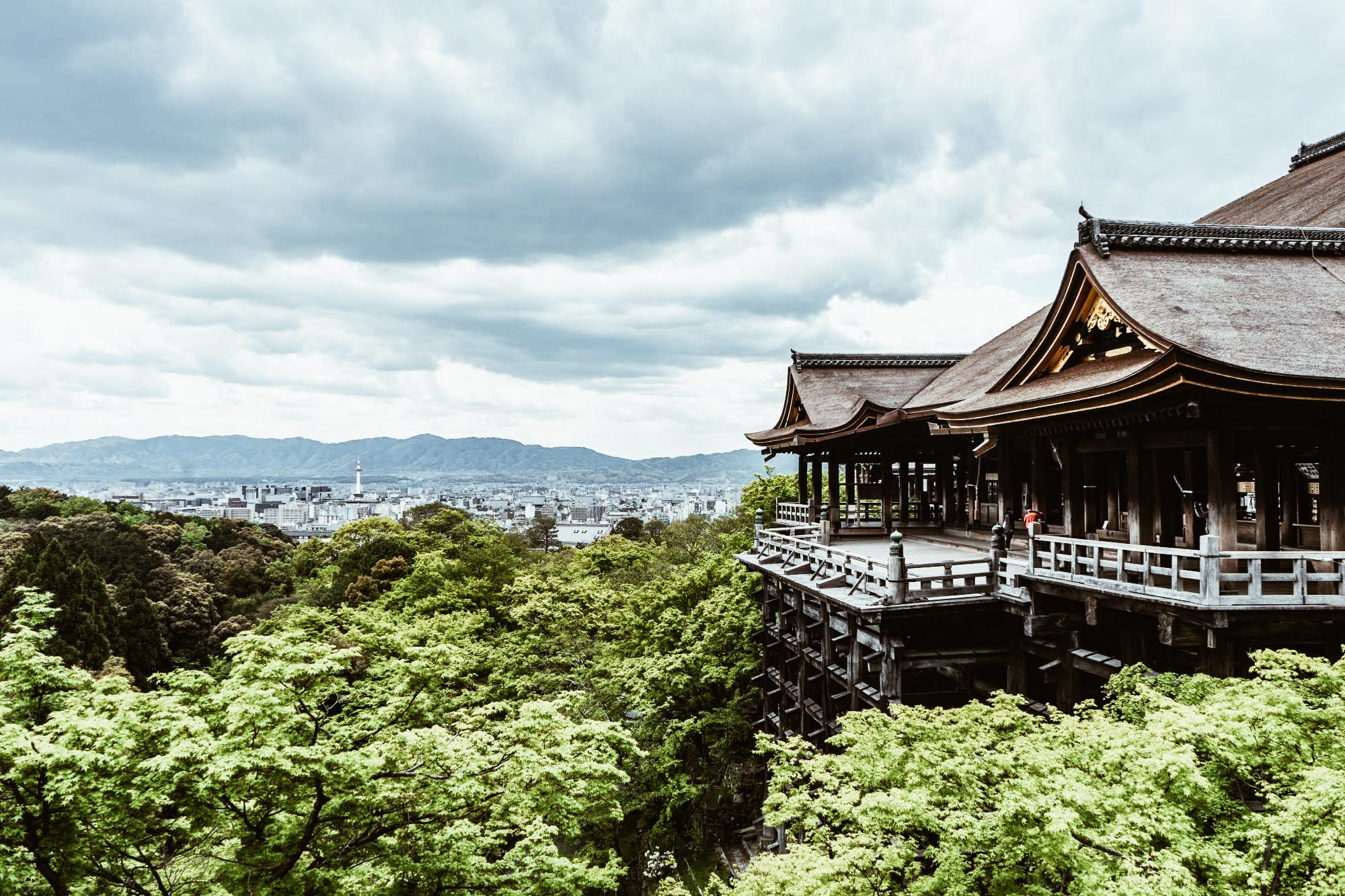
A UNESCO World Heritage Site, the Kiyamizudera temple on the side of Mount Otowa, in the eastern part of Higashimaya district is one of the landmarks not to be missed by visitors to Kyoto. Founded in 780 and rebuilt after a fire in the 15th century, work on the Okunoin Hall was completed in March. The temple attracts about 5 million tourists every year and yet in this weird 2020, it was completely empty. – Photos by Oscar Boyd
Share this:
- Click to share on Facebook (Opens in new window)
- Click to share on Twitter (Opens in new window)
- Click to share on Tumblr (Opens in new window)
- Click to share on Pinterest (Opens in new window)
- Click to share on Telegram (Opens in new window)
- Click to share on WhatsApp (Opens in new window)
- Click to share on Reddit (Opens in new window)
- Click to print (Opens in new window)






